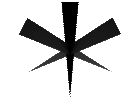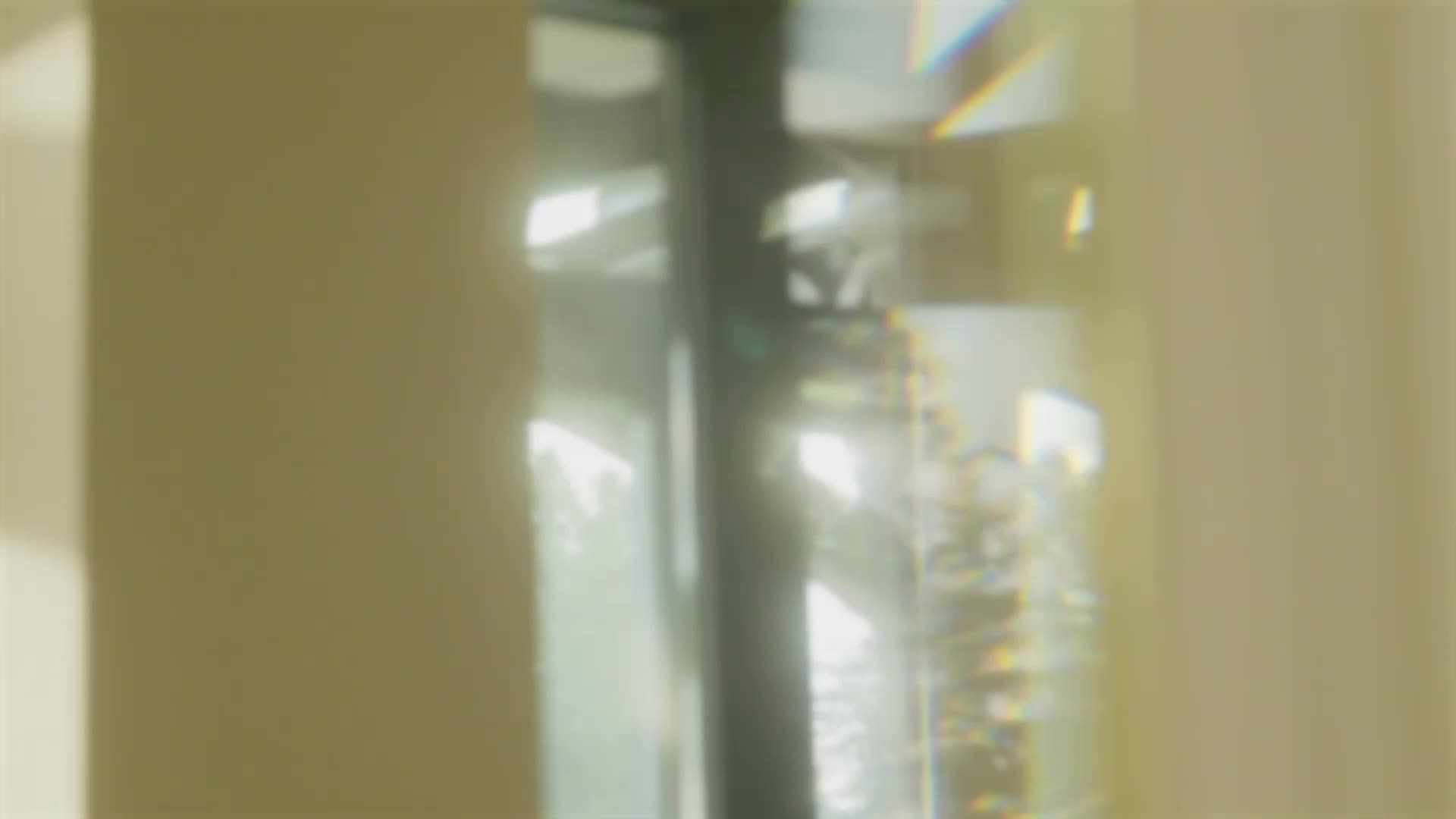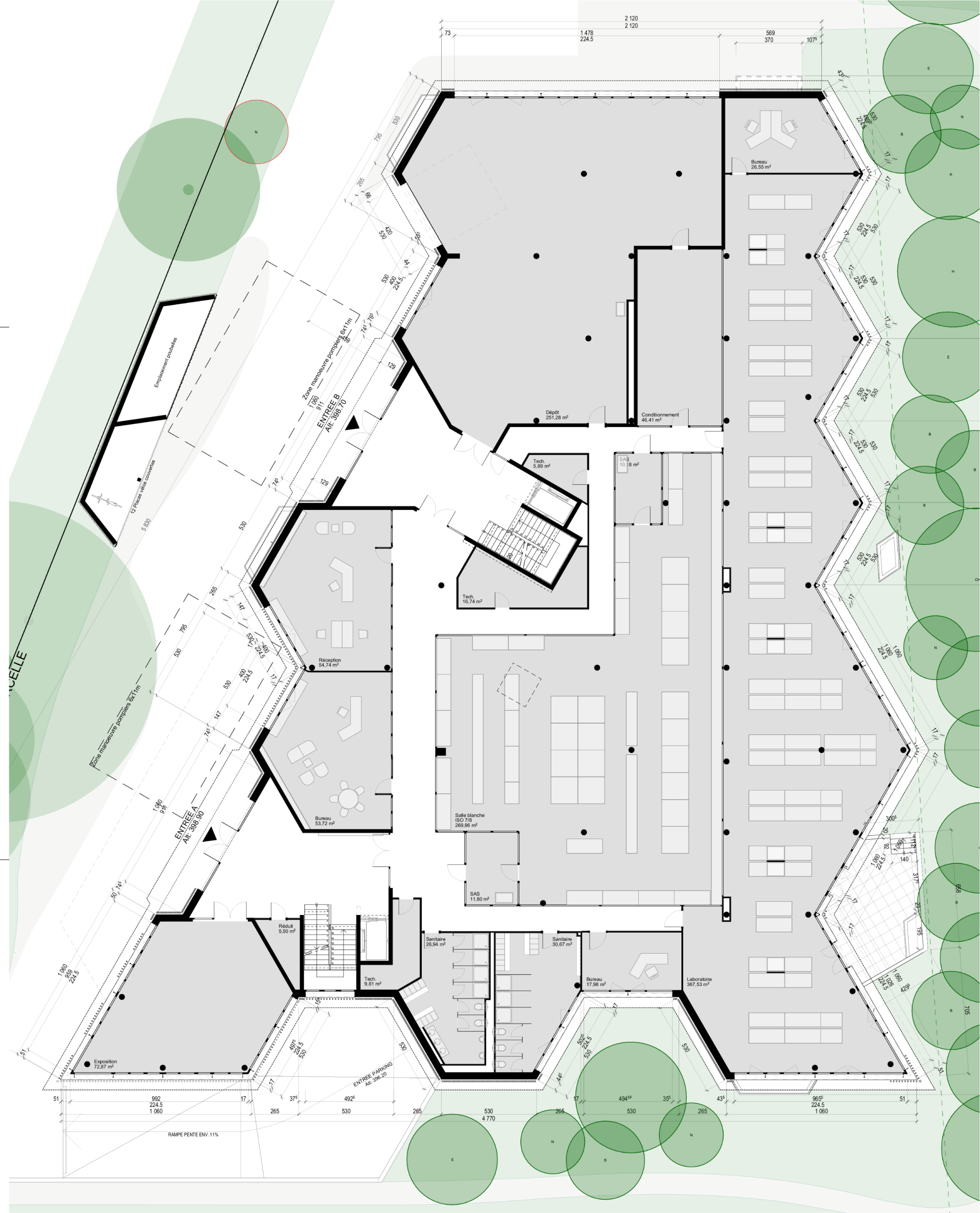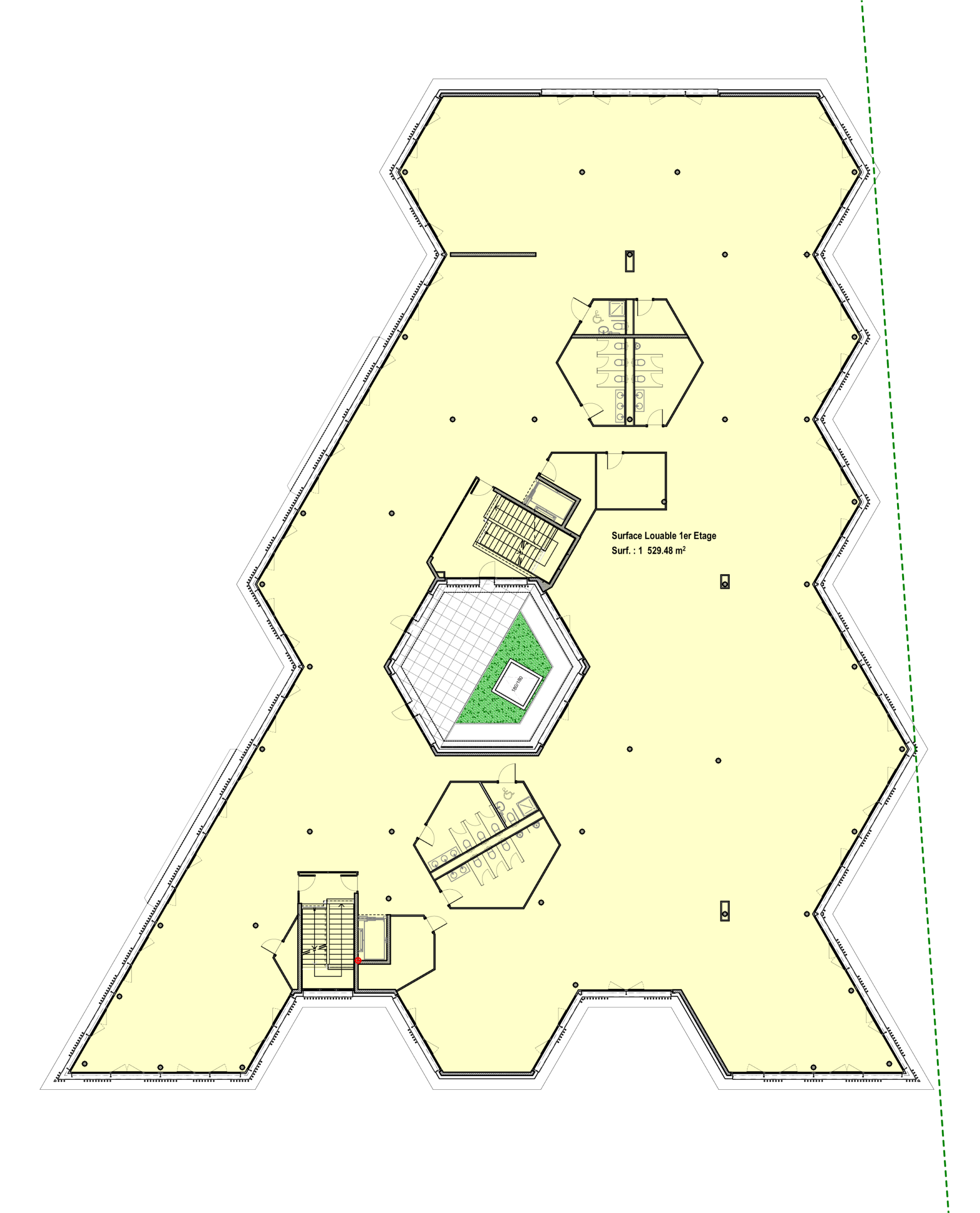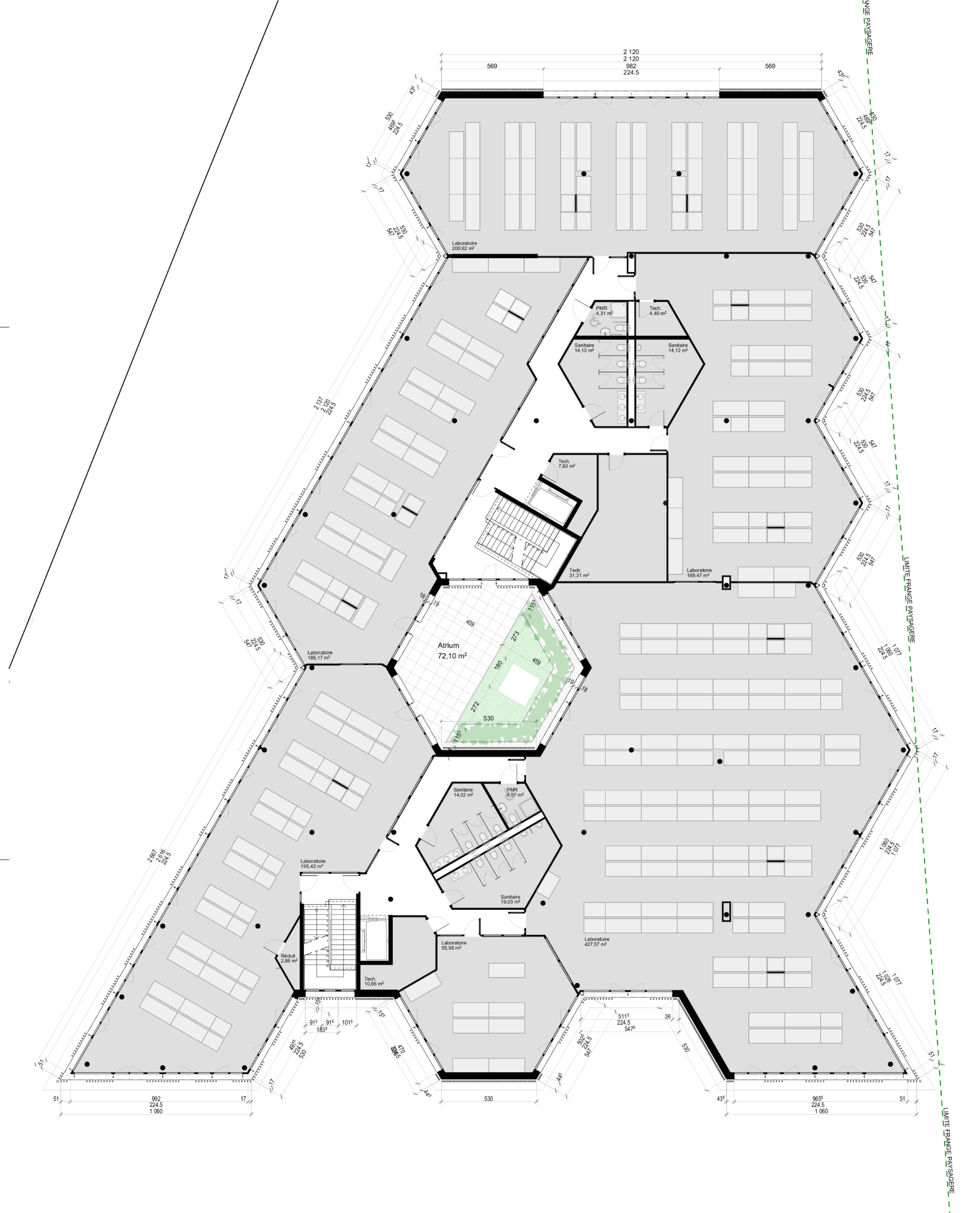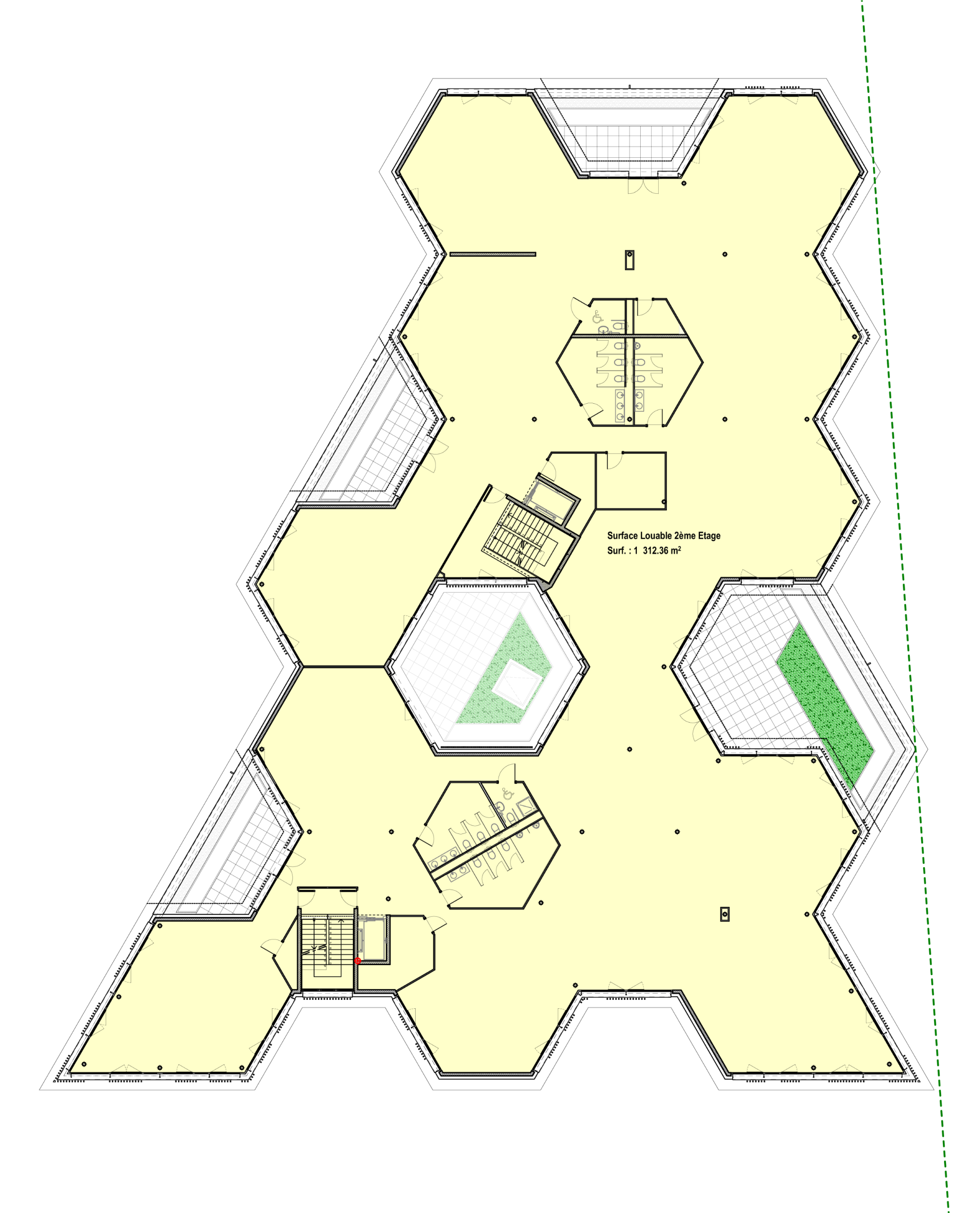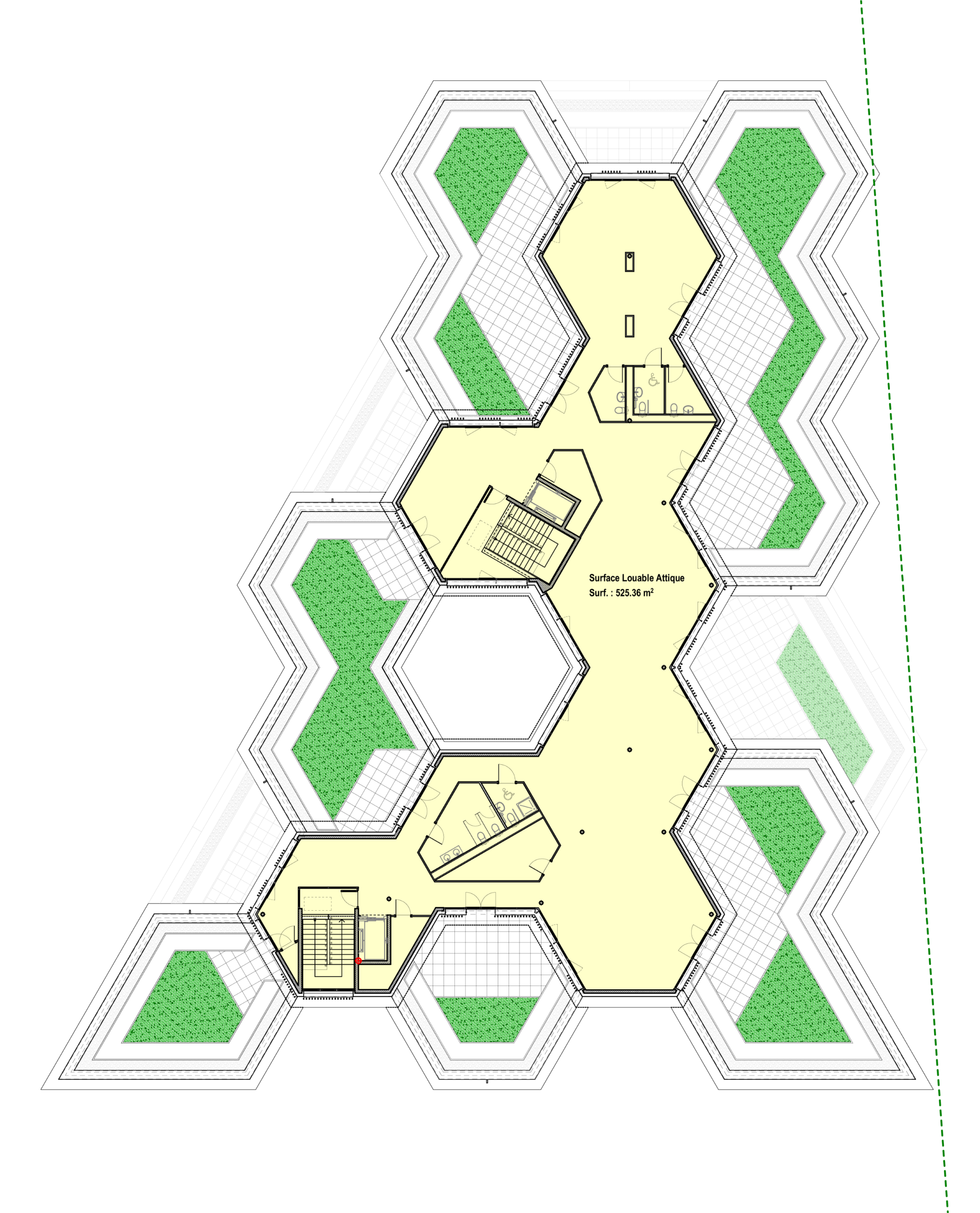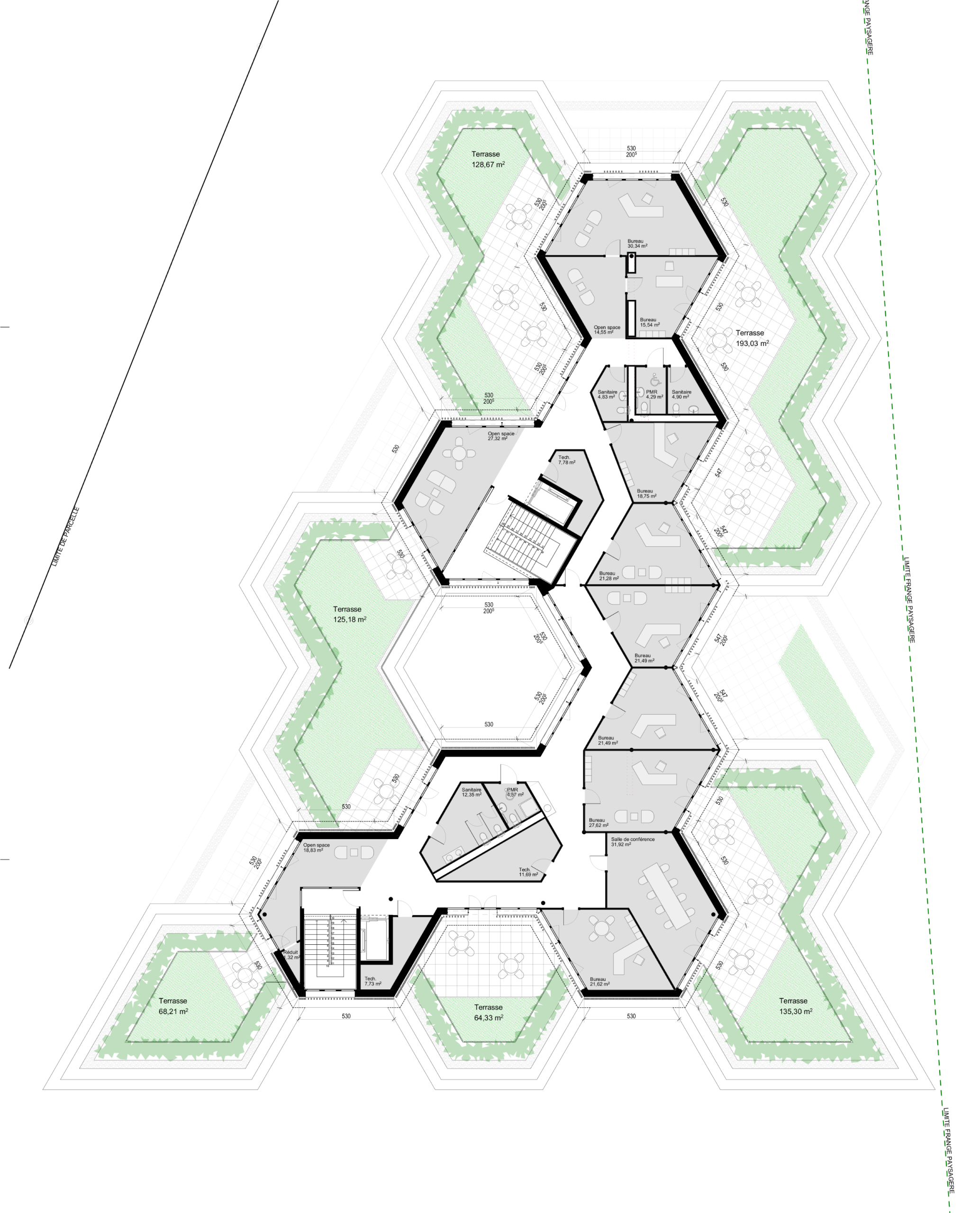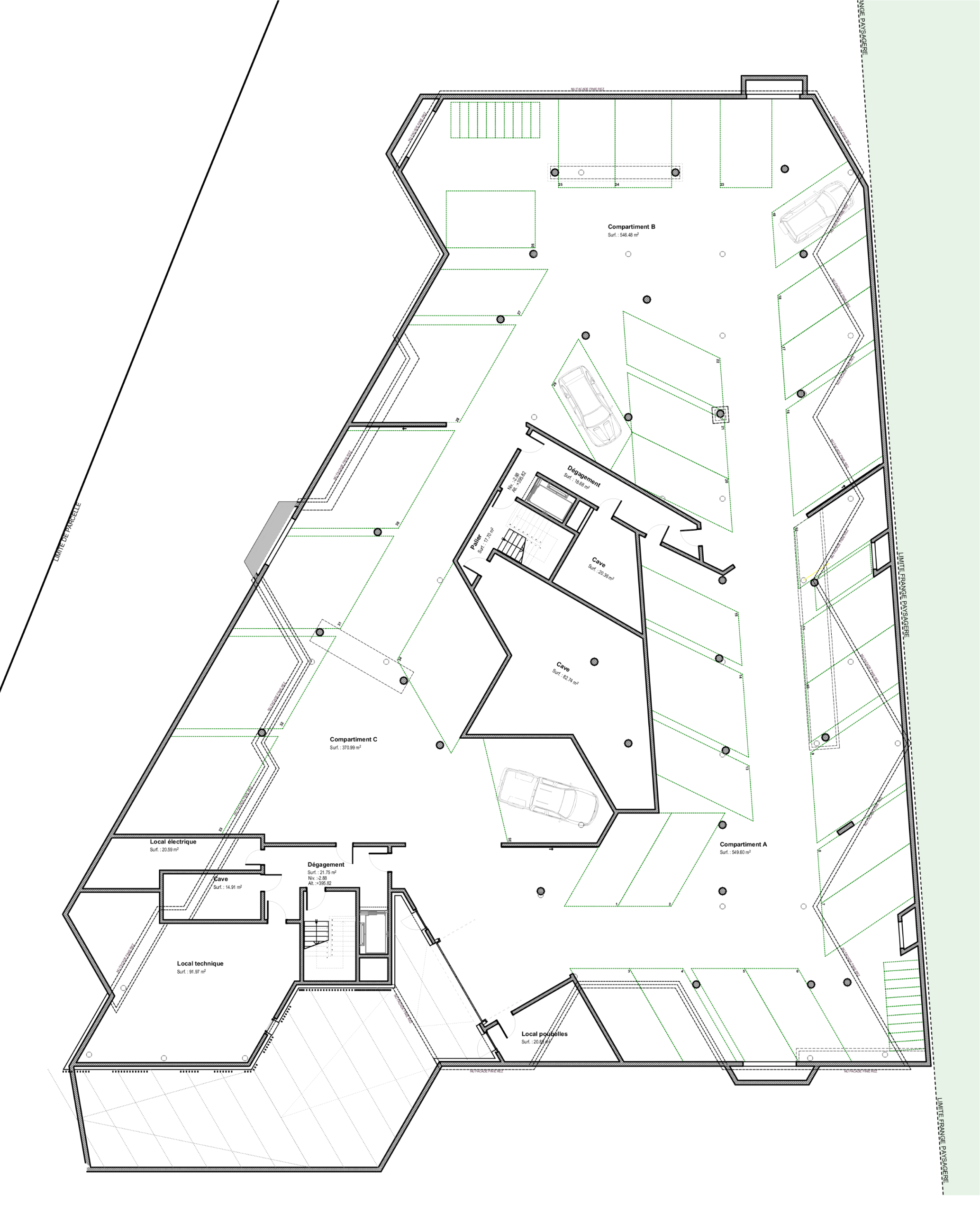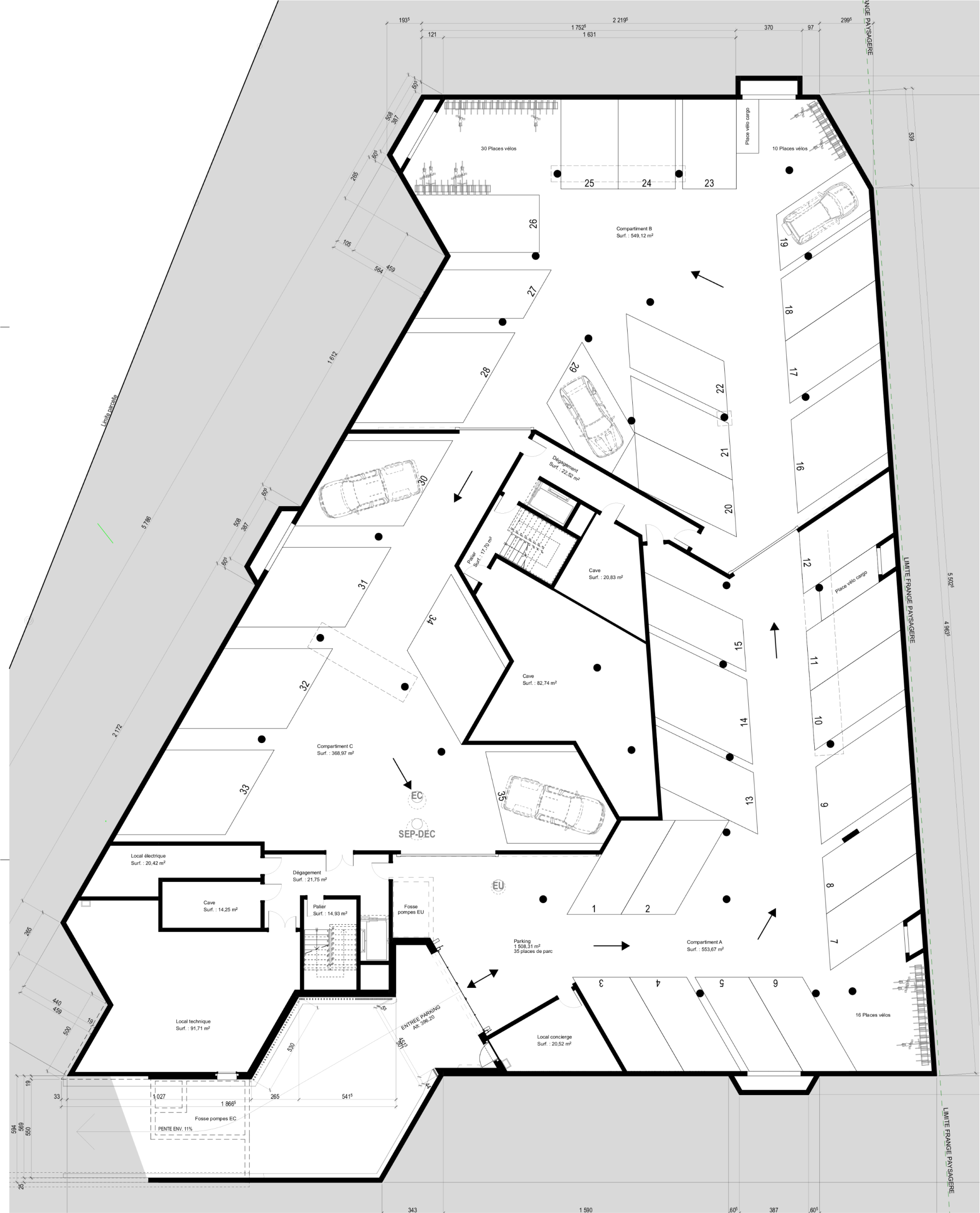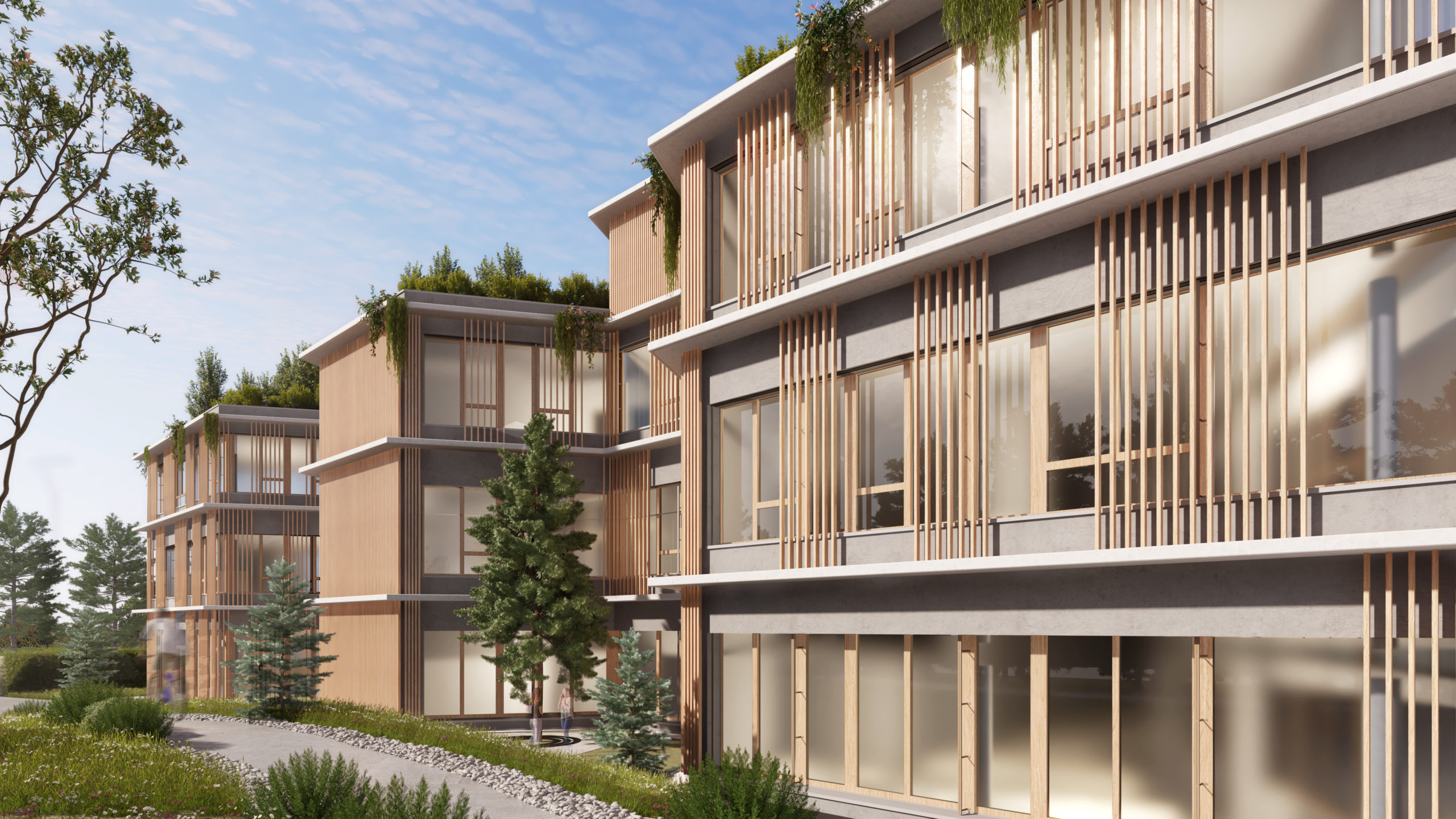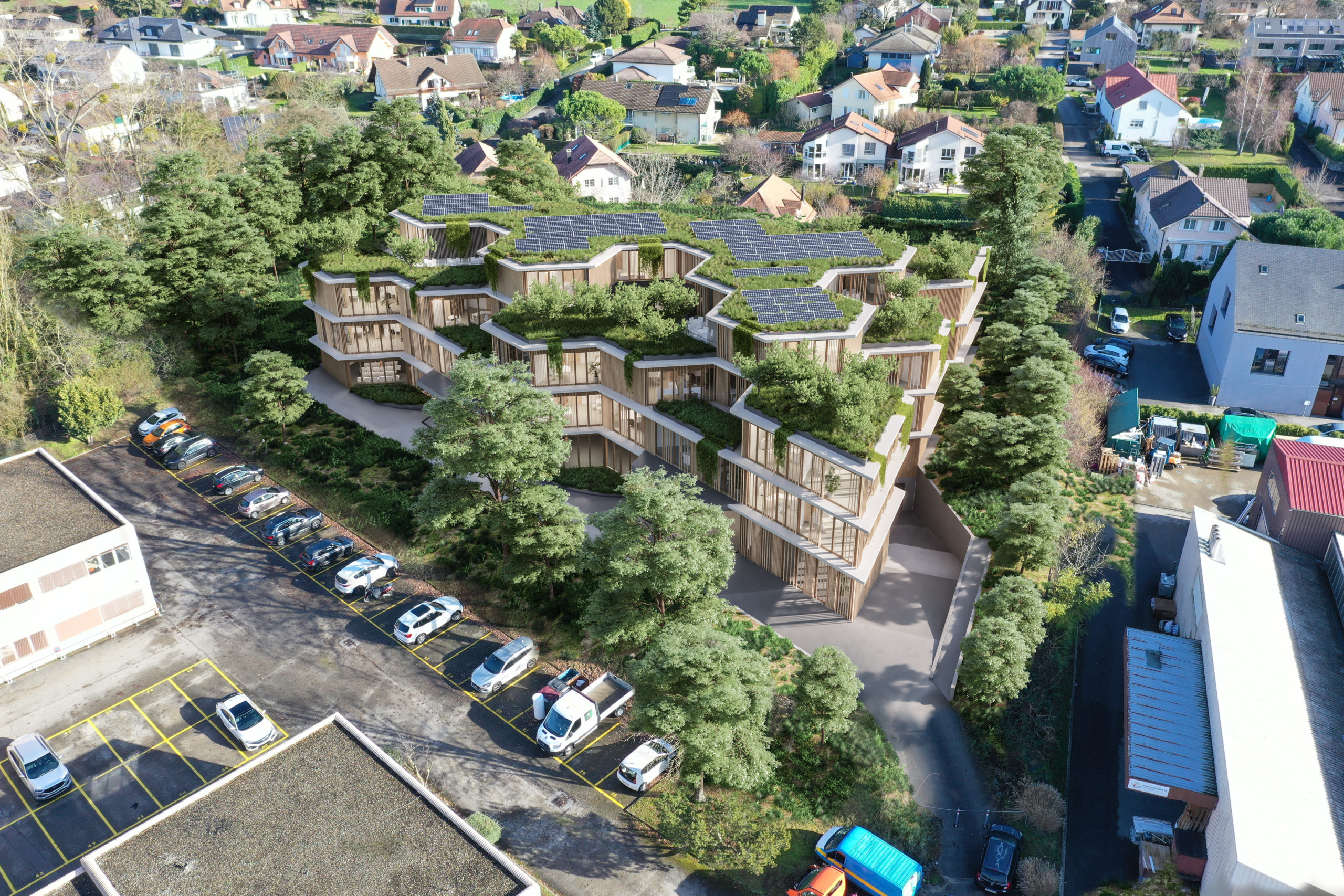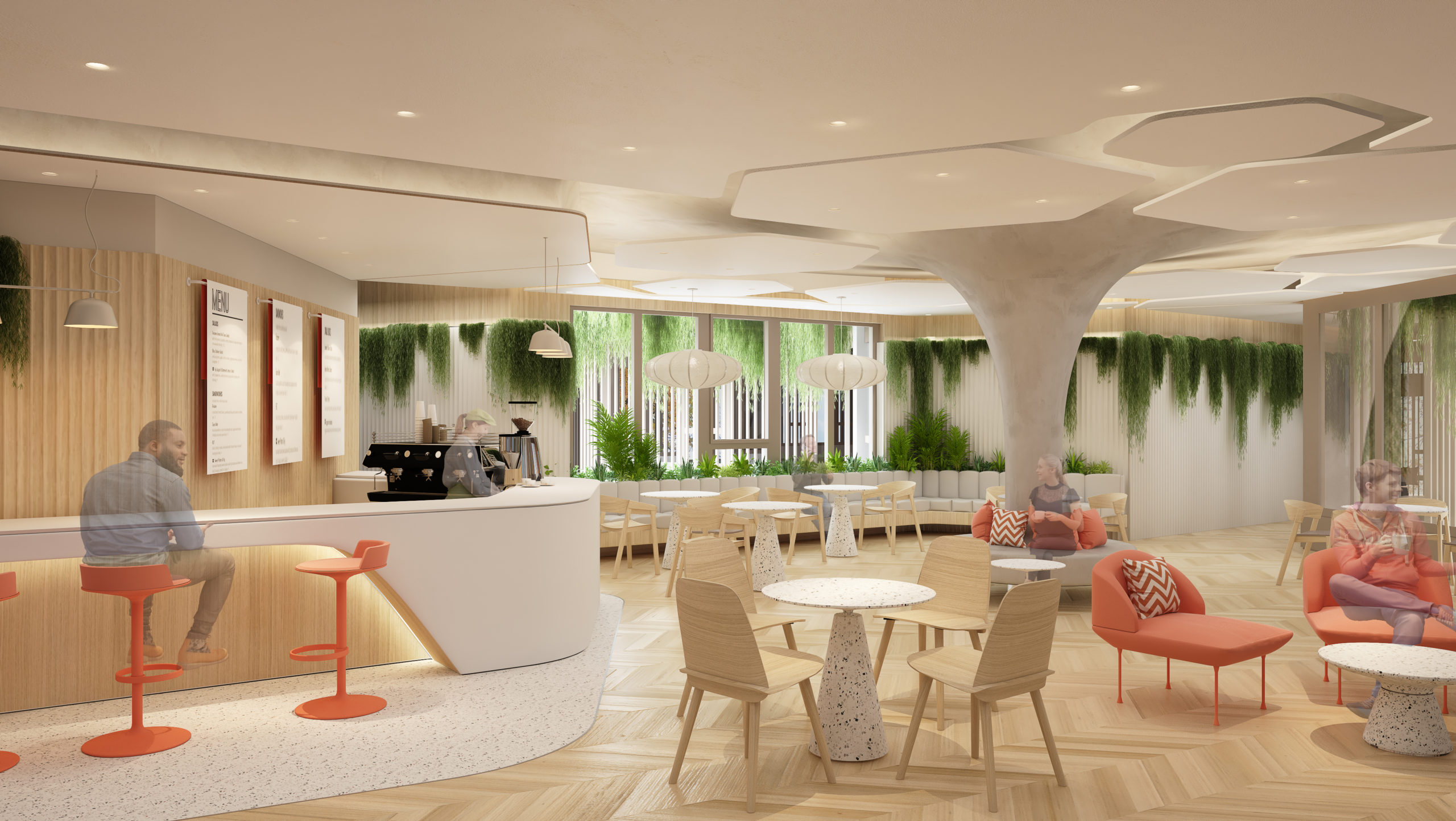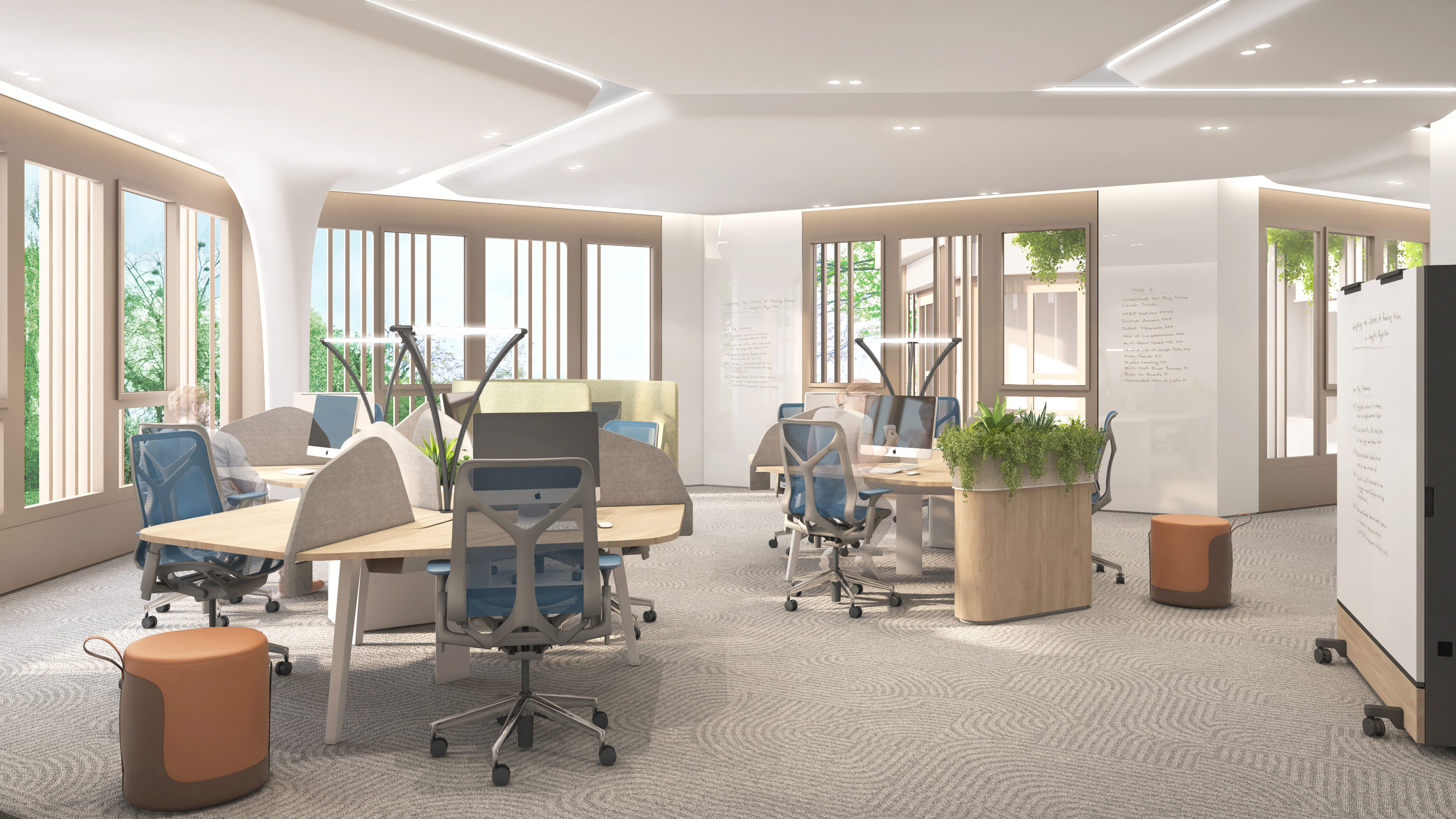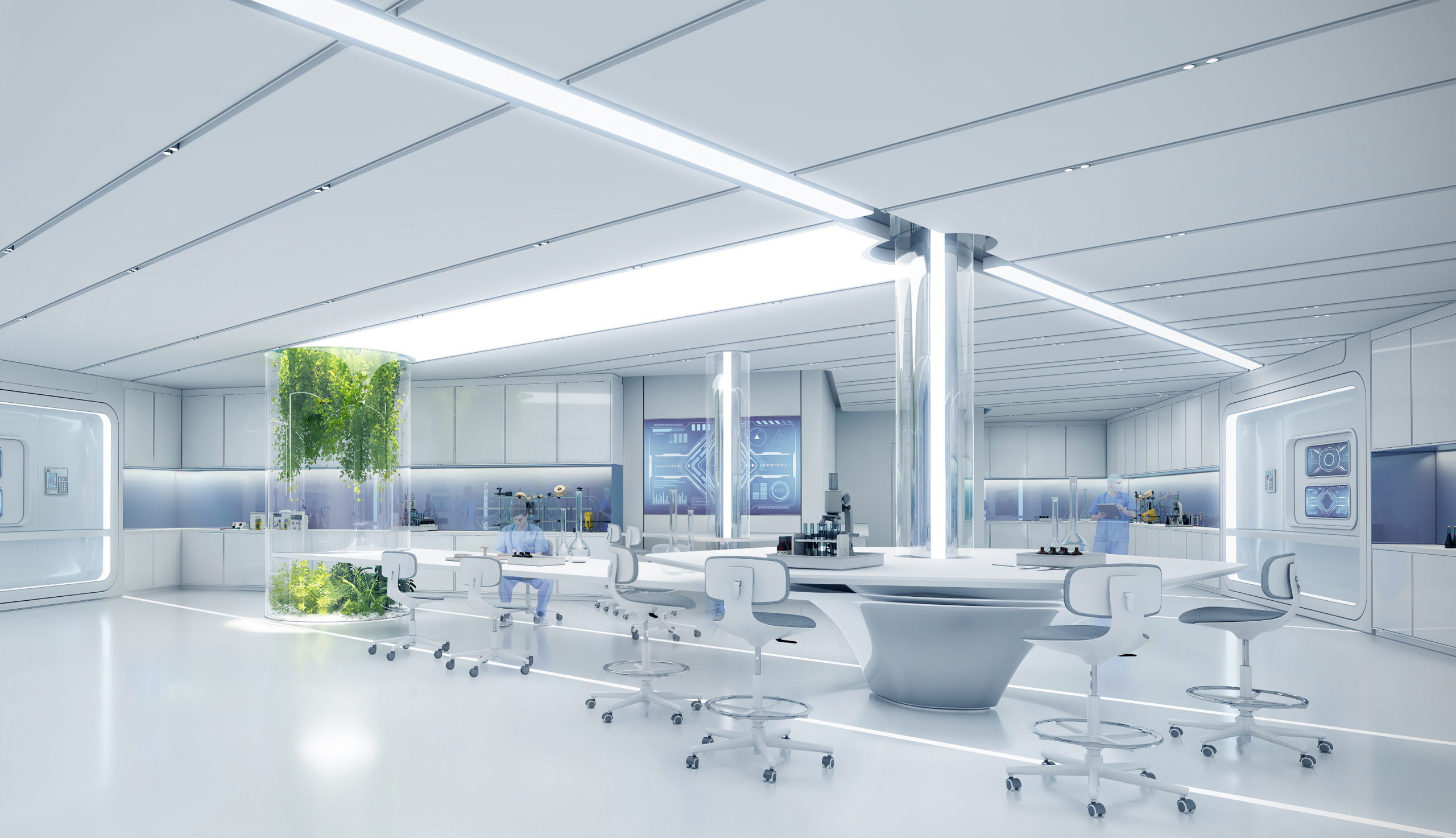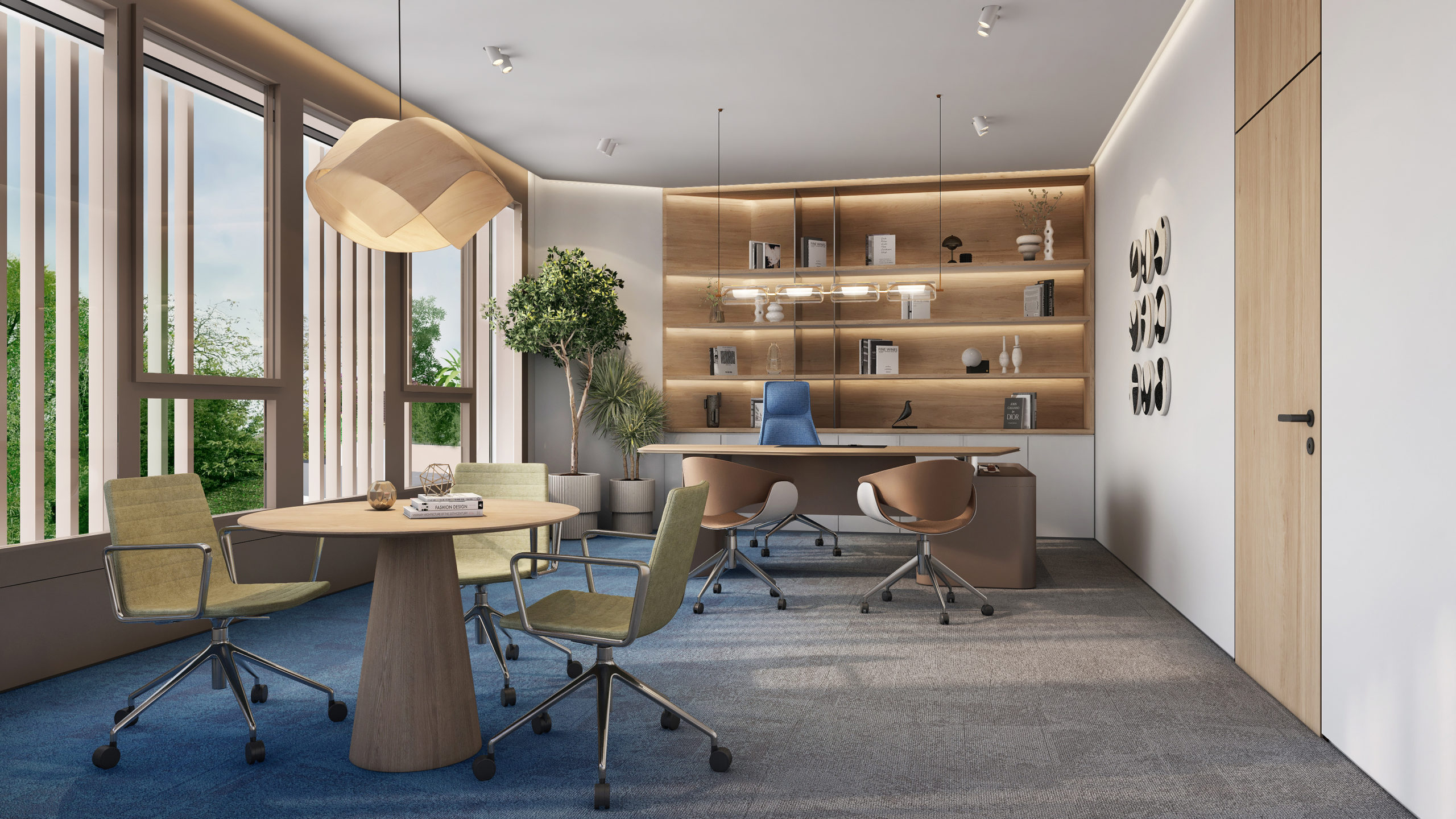It’s the birth of
unique office spaces on the market
Forged in the purest disruptive spirit, NABUKO is the cornerstone of a vision: to provide high-growth, innovative companies with a playing field that matches their ambitions.
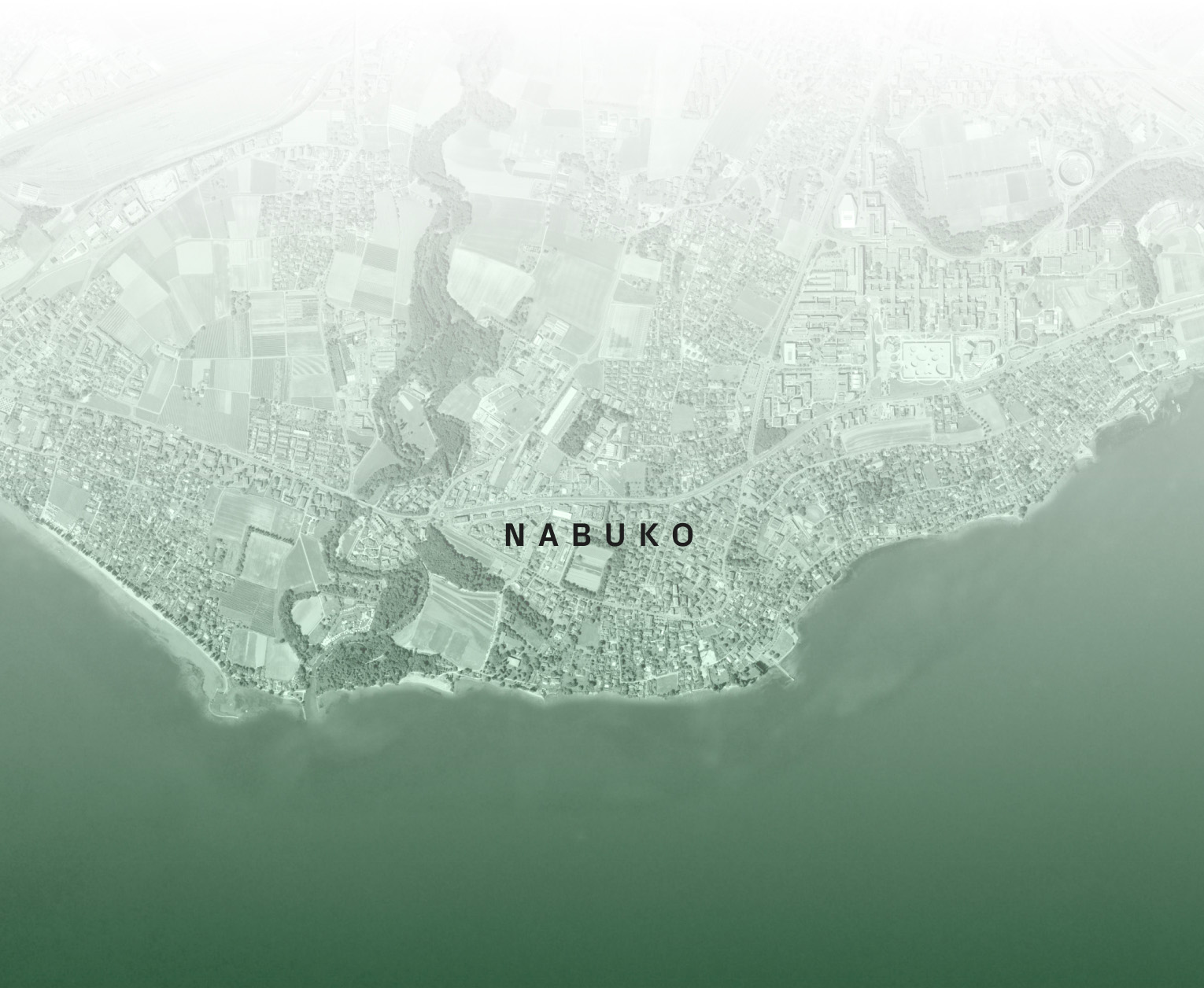
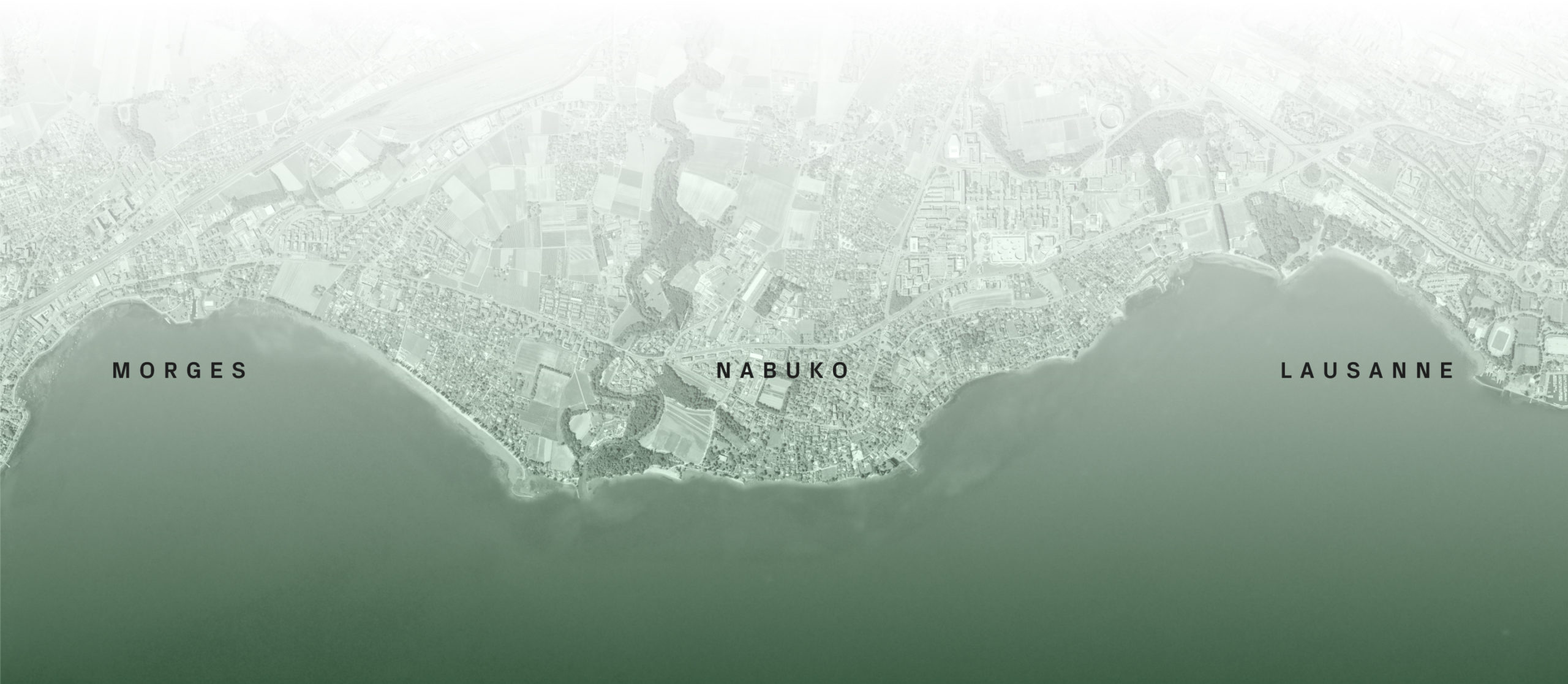
NABUKO.
structure
Technology &
Spaces
flexible
Sustainability
Ecology &
equipment
Systems &
advantages
Building
Concept
Architectural
Floor area :
- Ground floor: 1’587.94m² + terrace 31.56m²
- 1st floor: 1’529.52m² + terrace 73.50m²
- 2nd floor: 1’312.36m² + terraces 187.78m²
- Attic: 525.17m² + terraces 739.16m²
- TOTAL area: 4’955.19m² + terraces 1’032m²
- Storage and parking on lower ground floor
CHF 260/m²/year for 1st and 2nd floor
CHF 270/m²/year for ground floor and attic
CHF 160 rent/month for parking space
Delivered unfinished: 31st January 2026
Layout level
Load per m²:
- Groundfloor slab: 1,000 kg/m² – Ideal for industrial companies
- First floor slab: 1,000 kg/m² – Ideal for laboratories
- Upper floor slabs: 300 kg/m² – Ideal for offices
Ceiling heights:
- Ground floor: 4 m
- 1st floor: 3,5 m
- 2nd floor: 3 m
- Attic: 2,7 m
Type of structure:
Reinforced concrete main structure, complemented by prefabricated concrete elements and spruce exterior cladding for solar protection. This combination combines solidity and durability with the use of noble, natural materials.
Nabuko is designed to meet the needs of tomorrow’s workers. It offers flexible, modular spaces equipped with the most advanced technologies. Each space is designed to foster creativity, collaboration and well-being.
Nabuko’s hexagonal, modular configuration offers a major advantage: ease of layout. The open, flexible spaces can be adapted to the specific needs of each activity. Numerous openings ensure optimum natural light, reducing the need for artificial lighting. In this way, the project combines aesthetics, functionality and sustainability, perfectly meeting the expectations of forward-looking, innovative companies.
As a home for an international community, Nabuko reflects the values of inclusiveness and openness. It pushes the boundaries of traditional architecture by fusing nature, technology and humanity. Designed to inspire and connect, it becomes a symbol of the future of work.
Technical utilities (hot and cold water, heating, cooling, ventilation, electricity) are made available to tenants, enabling them to adapt to their specific needs.
Interior spaces can be adapted, with technical expectations ready for a variety of specific layouts.
Solar panels:
The entire roof is covered with photovoltaic panels to produce electricity, reducing energy costs for users.
Green roofs and terraces:
An adequate layer of soil allows for abundant planting, helping to regulate temperature and create natural thermal insulation.
Ecological features:
The building incorporates all the latest ecological solutions, such as:
- Geothermal energy for heating and cooling
- High-performance thermal insulation
- Natural solar protection
- Concrete walls for mass and thermal inertia
- Natural building materials
- Rainwater management with retention and recovery for watering purposes
Energy efficiency:
- Swisspor PIR Alu thermal insulation and triple glazing
- Geothermal heat pump system for heating and cooling
- Intelligent energy management (KNX), including blind control to optimise thermal and comfort requirements
Heating and cooling system:
- Heating and cooling via heat pump on geothermal probes
- Geo-cooling system for greater energy efficiency
- Domestic hot water production using a thermodynamic boiler
Ventilation and air quality:
- Single or double flow ventilation system, depending on requirements, with heat recovery
- Natural ventilation for the car park
Accessibility for electric cars:
- Charging points: 1 charging point per 4 parking spaces
- Empty tubes for future charging points (cars and bikes)
The honeycomb structure of beehives, based on their hexagonal geometry, inspires architecture thanks to its structural, aesthetic and economic advantages.
- Structural efficiency: Solid and resistant, it can be used to build stable structures while minimising the materials required.
- Aesthetic appeal: its symmetry and modularity create dynamic, varied spaces, avoiding long, monotonous, repetitive corridors
- Cost reduction: By optimising the use of materials, it limits expenditure and waste
- Energy efficiency: This shape maximises energy efficiency, reducing heating, cooling and lighting requirements
- Reduced environmental impact: The use of sustainable materials and reduced energy consumption means that construction is more environmentally friendly.
Outdoor areas:
- Landscaped terraces with numerous planting options
- Outdoor gardens with generous planting and shaded areas, designed for relaxation or sporting activities
- Private external access and circulation for bikes, cars and unloading lorries
- Secure, naturally ventilated underground parking with the option of compartmentalisation
This unique geometry combines space optimisation, cost-effectiveness, aesthetics and durability, while meeting modern construction requirements.
The Nabuko building, inspired by the hanging gardens of Babylon, reinvents the balance between nature, design and innovation to offer an environment where well-being, connectivity and sustainability meet.
This innovative building is based on a honeycomb structure inspired by natural hexagonal shapes. This geometric pattern offers a modular, harmonious design that optimises the volume/thermal envelope ratio, thereby improving energy efficiency. The hexagonal architecture creates luminous, rational spaces while offering an original aesthetic, conducive to an inspiring and stimulating working environment.
With a direct link to nature, the project incorporates abundant vegetation on the roofs and terraces. The patios and outdoor spaces on each level encourage fluid interaction/communication between inside and outside, while improving thermal and acoustic comfort for occupants. These elements enhance the well-being of future international workers, while reflecting a strong commitment to the environment and sustainable architecture.
Ursula de Rham Xirinachs, an architect with over 20 years experience, graduated with honours from the University of Architecture in Barcelona and holds a postgraduate degree from EPFL. She has been co-head of de Rham Architectes in Lausanne since 2010, and has completed numerous projects in Switzerland and abroad.
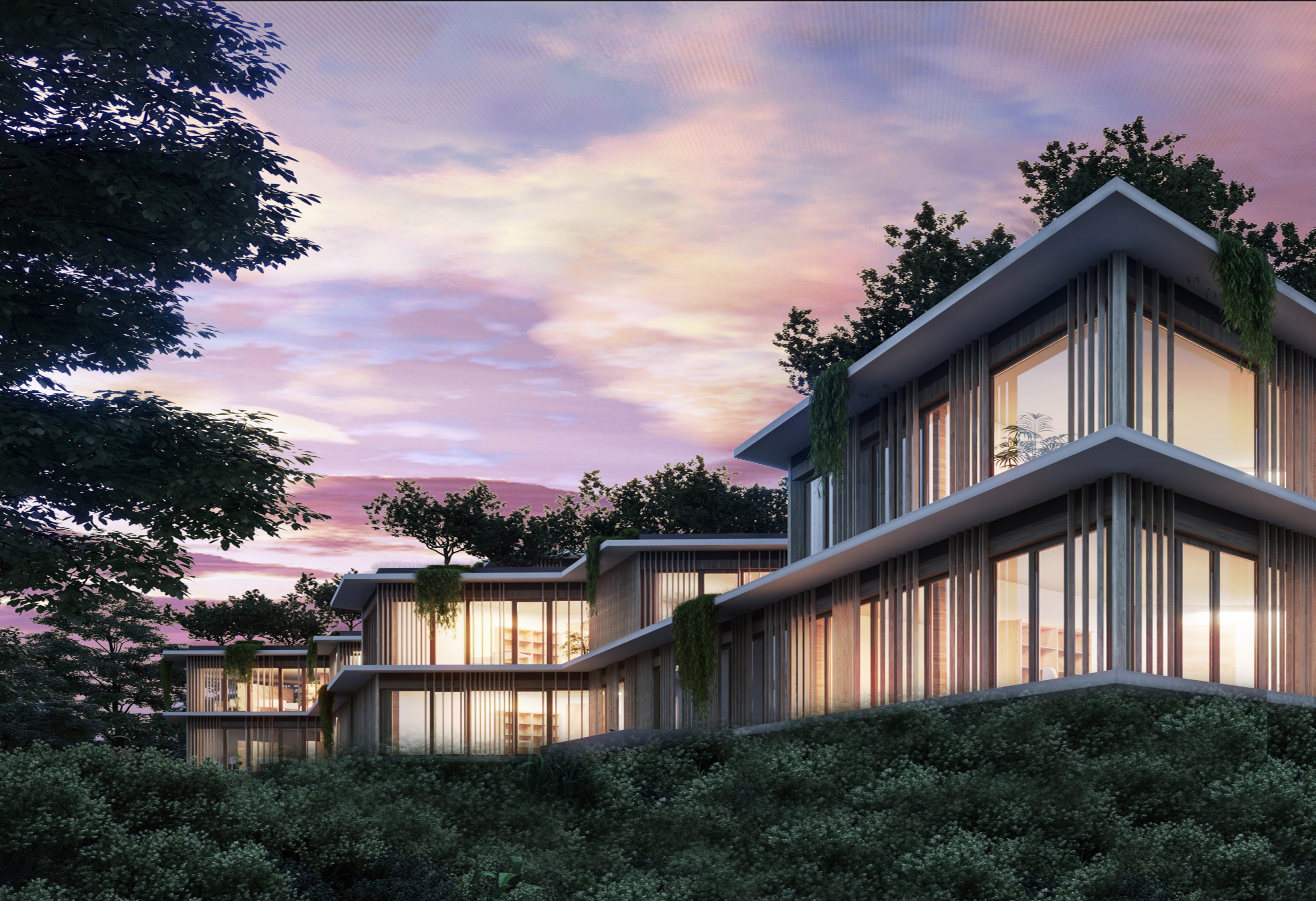
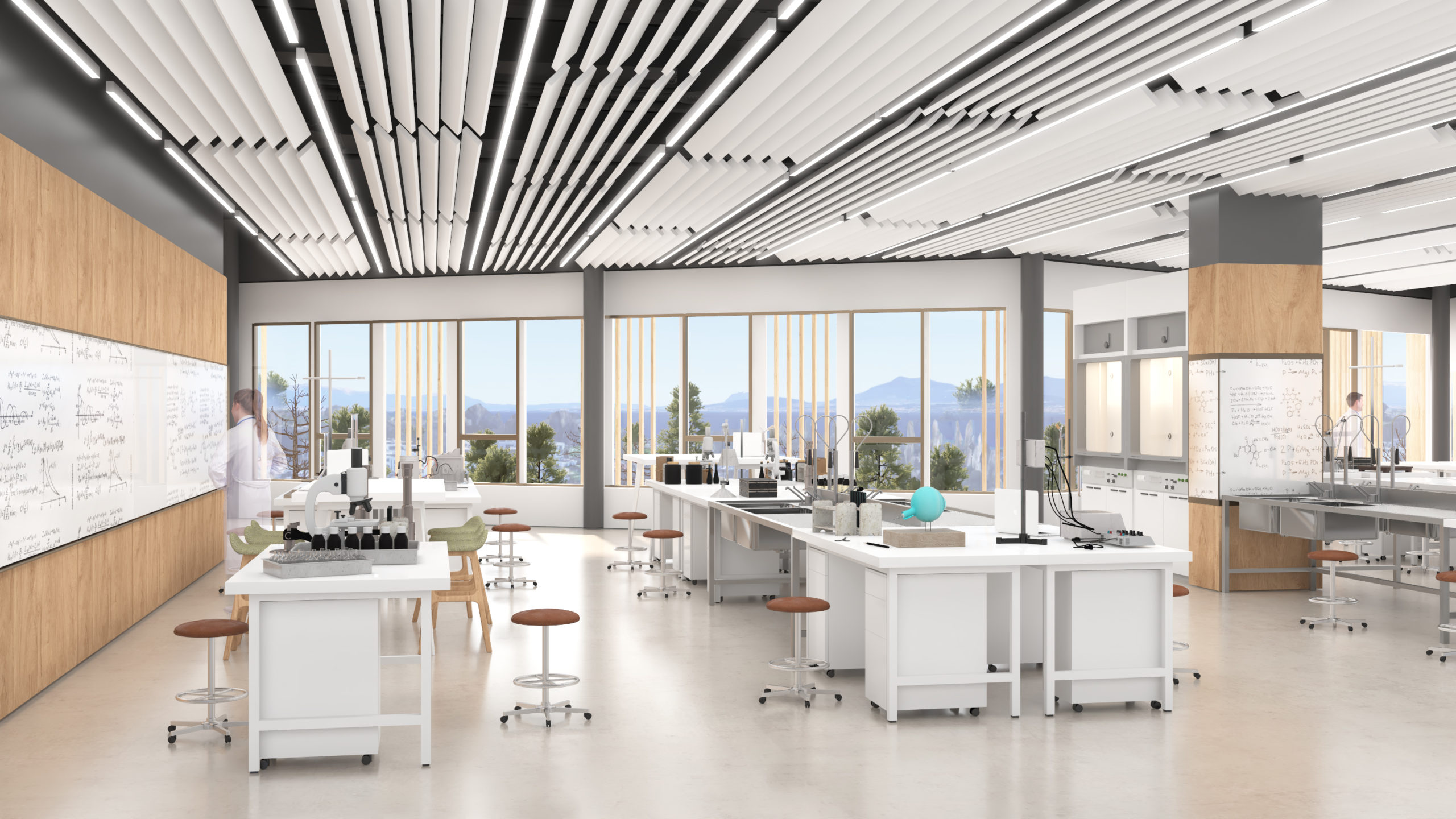
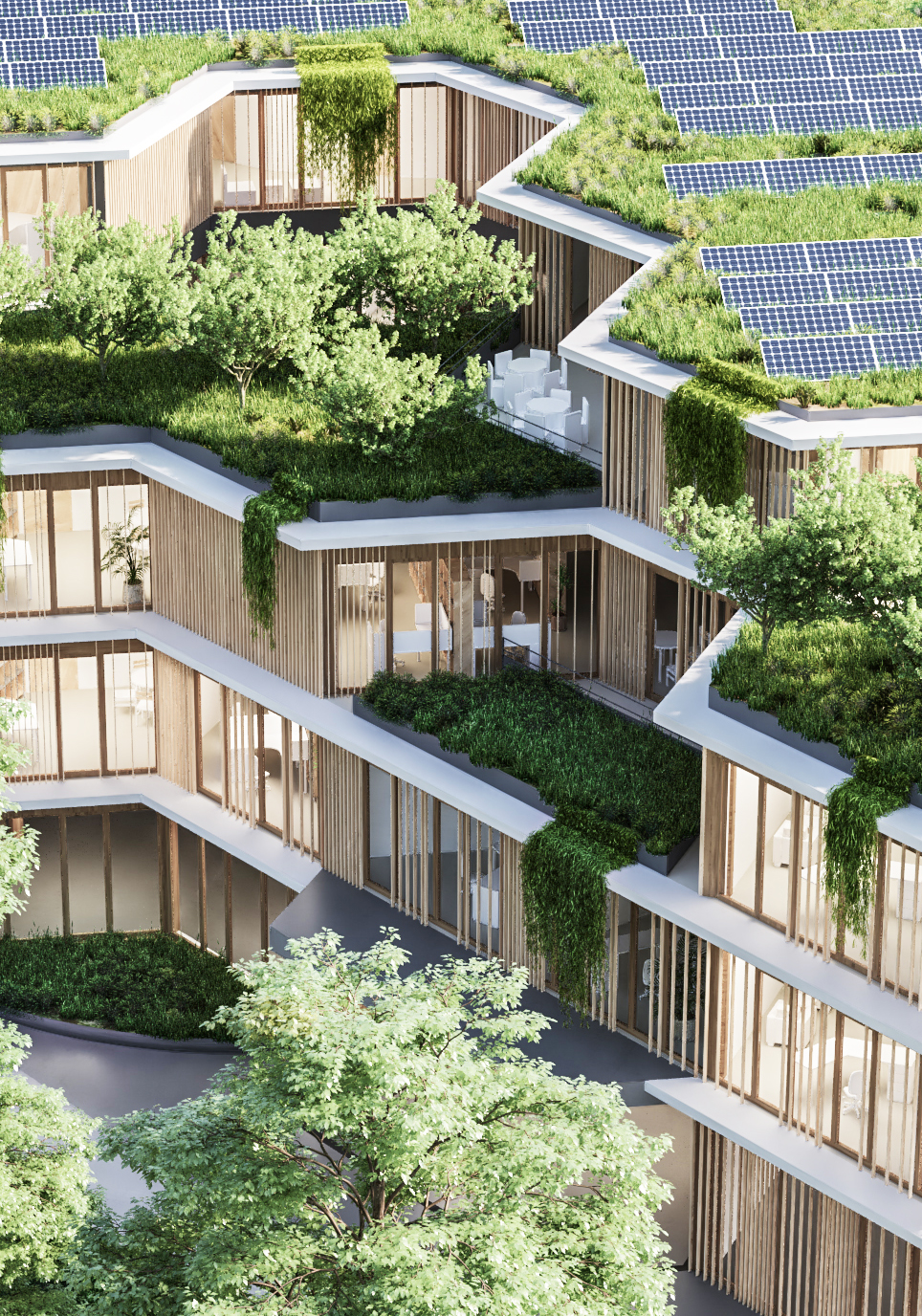
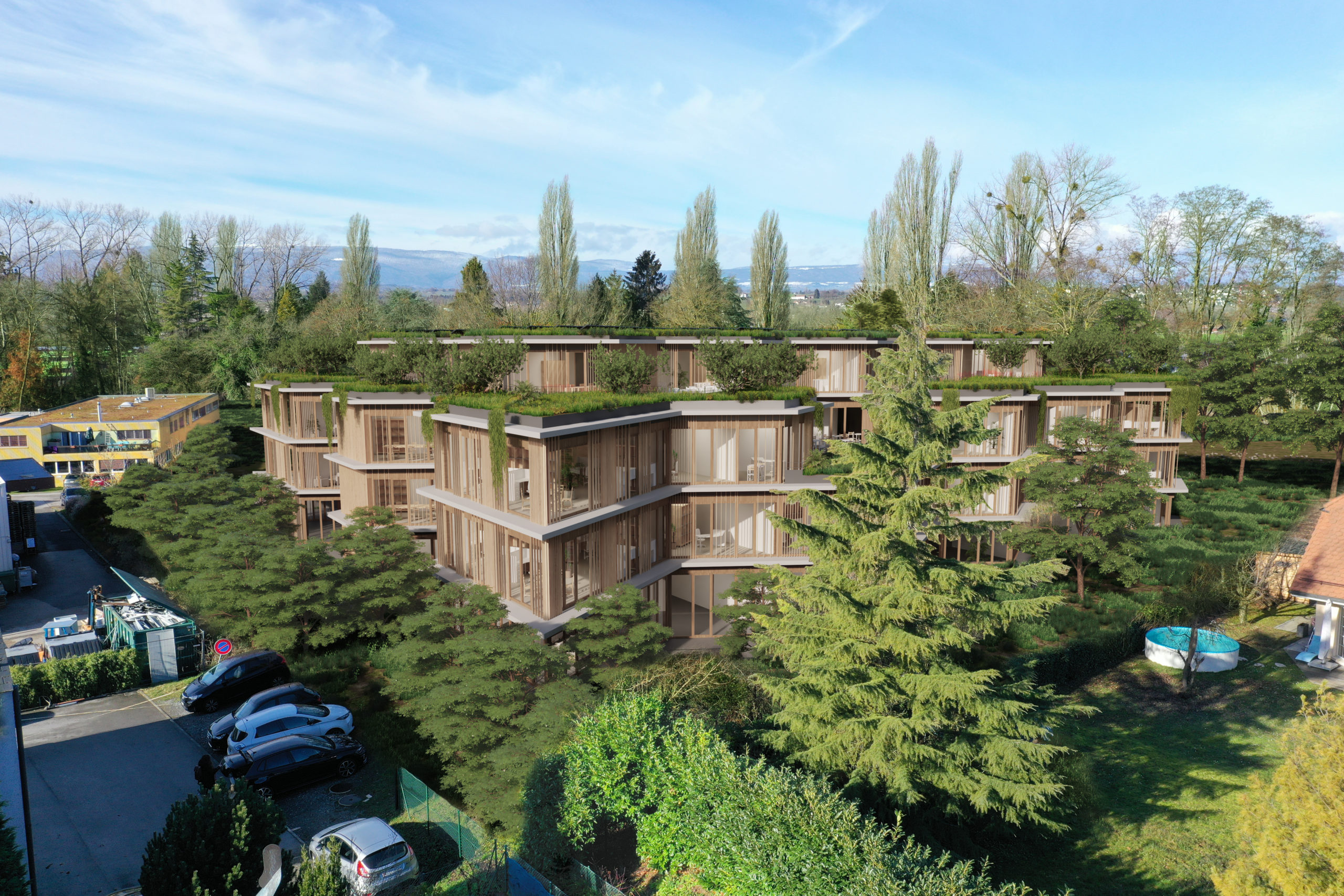


Dynamic areas
Ground floor
First floor
Second floor
Attic
Underground
A privileged location
Some make it a promise.

